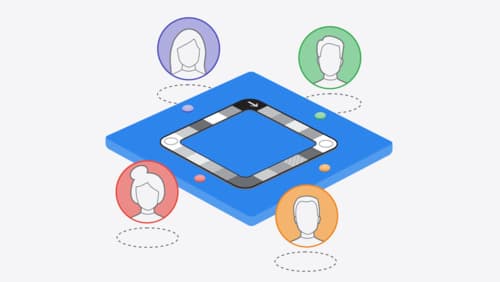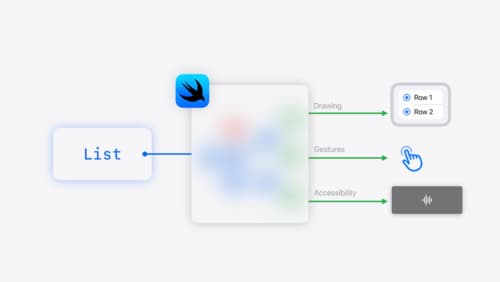How can I share data between users in swiftui?
Asked on 2024-08-01
1 search
To share data between users in SwiftUI, you can leverage several tools and frameworks provided by Apple, such as SwiftData, CloudKit, and SharePlay. Here are some relevant approaches:
-
SwiftData: SwiftData is a framework that helps in building your app's model layer and persisting it across app launches. It supports synchronization with CloudKit, which can be used to share data between users. You can define your models using the model macro and use the model container modifier to manage the data. For more details, you can refer to the session What’s new in SwiftData.
-
SharePlay: If you are developing a multiplayer game or an app that requires real-time data sharing, you can use SharePlay. SharePlay allows you to sync actions and game states between users. You can activate a group activities session and coordinate with it for basic networking. For an example, you can check the session Meet TabletopKit for visionOS.
-
State Management in SwiftUI: SwiftUI provides several tools for state management, such as
@State,@Binding, and@ObservableObject. These tools help manage and share state within your app. For instance, you can use@ObservableObjectto create a shared data model that can be observed by multiple views. For more information, you can refer to the session SwiftUI essentials. -
Concurrency and Actors: When dealing with shared mutable state, especially in a concurrent environment, you can use actors in Swift. Actors help encapsulate shared mutable state and ensure data-race safety. This is particularly useful when you need to share data between different parts of your app or between different users. For more details, you can refer to the session Migrate your app to Swift 6.
Relevant Sessions
- What’s new in SwiftData
- Meet TabletopKit for visionOS
- SwiftUI essentials
- Migrate your app to Swift 6
These sessions provide a comprehensive overview of the tools and techniques you can use to share data between users in SwiftUI.

Meet TabletopKit for visionOS
Build a board game for visionOS from scratch using TabletopKit. We’ll show you how to set up your game, add powerful rendering using RealityKit, and enable multiplayer using spatial Personas in FaceTime with only a few extra lines of code.

What’s new in SwiftData
SwiftData makes it easy to add persistence to your app with its expressive, declarative API. Learn about refinements to SwiftData, including compound uniqueness constraints, faster queries with #Index, queries in Xcode previews, and rich predicate expressions. Join us to explore how you can use all of these features to express richer models and improve performance in your app. To discover how to build a custom data store or use the history API in SwiftData, watch “Create a custom data store with SwiftData” and “Track model changes with SwiftData history”.

SwiftUI essentials
Join us on a tour of SwiftUI, Apple’s declarative user interface framework. Learn essential concepts for building apps in SwiftUI, like views, state variables, and layout. Discover the breadth of APIs for building fully featured experiences and crafting unique custom components. Whether you’re brand new to SwiftUI or an experienced developer, you’ll learn how to take advantage of what SwiftUI has to offer when building great apps.
